Get 15% Off Throughout Summer 2025
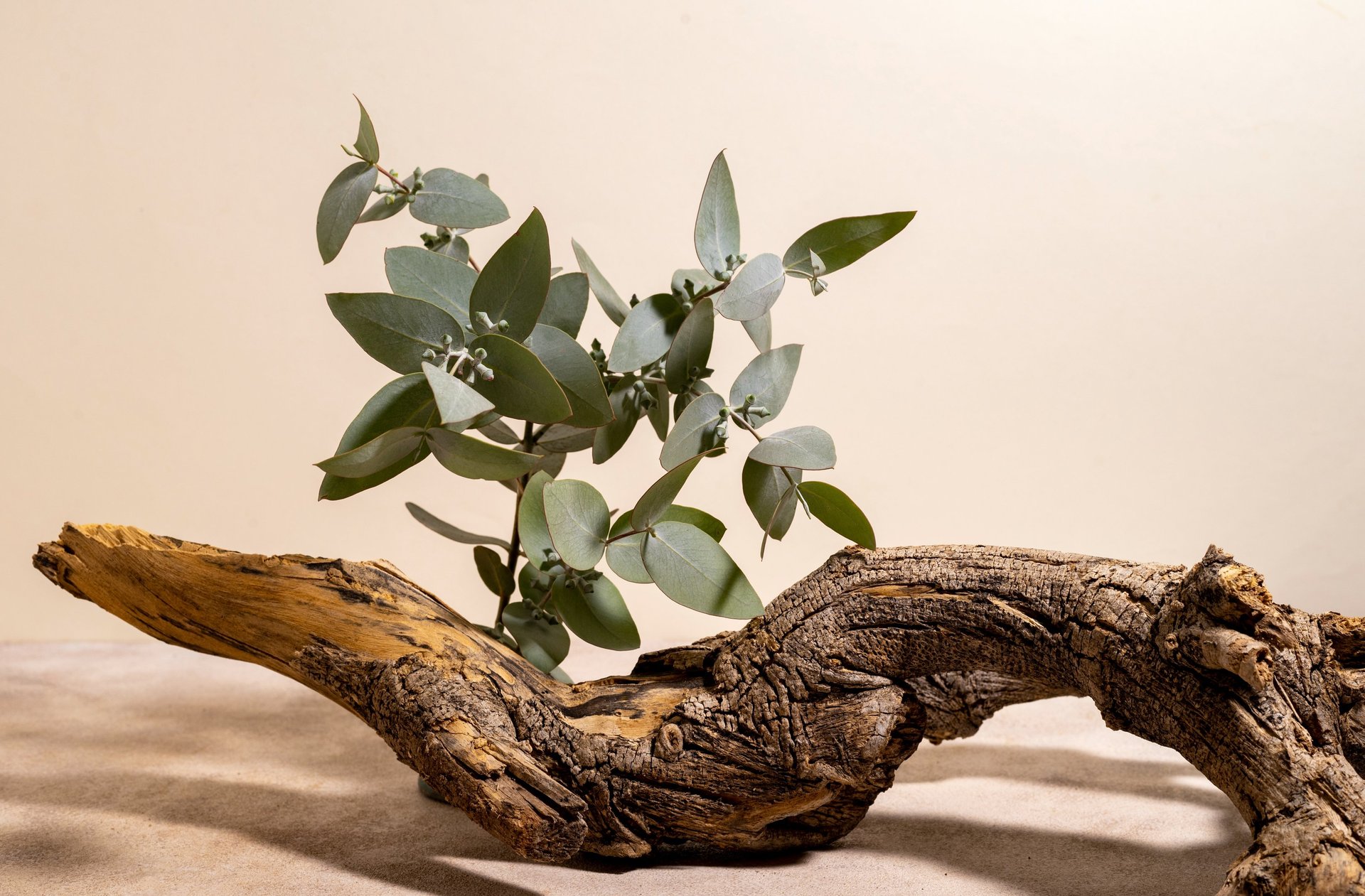
The Science of DIY – Plant Active Extraction
The 3 Methods You’re Rarely Told About (And Which One to Choose)
JM
8/16/20253 min read
You’ve chosen your herbs, your carrier oil, your jar.
But how do you actually transfer the plant’s power into the oil ?
That’s the real question — the heart of extraction.
This invisible step is the secret behind truly effective homemade cosmetics. And yet, it’s often overlooked, reduced to a passive sun infusion lasting just a few days.
The result? A weak, lifeless oil with little to no effect.
There are several methods,
each with its own strengths and limitations
1. Cold Maceration
This is the oldest method. You place your dried herbs in a carrier oil and let it rest in the dark for 2 to 6 weeks.
Simple and gentle, it works well for delicate plants.
But its effectiveness is limited.
The extraction is slow, often incomplete, and the risk of rancidity or contamination is real.
This is a method of waiting not of control.
2. Traditional Double Boiler Method
Faster than cold maceration, it uses heat to speed up the process.
But here’s the problem: the water in a double boiler reaches 100°C — far too hot for many delicate active compounds.
Antioxidants, polyunsaturated fatty acids, aromatic molecules… all are lost to evaporation or degraded by excessive heat.
And to make matters worse, the duration is often too short — just 30 to 60 minutes — for deep, effective extraction.
The result? A weak, inconsistent oil that’s impossible to reproduce reliably.
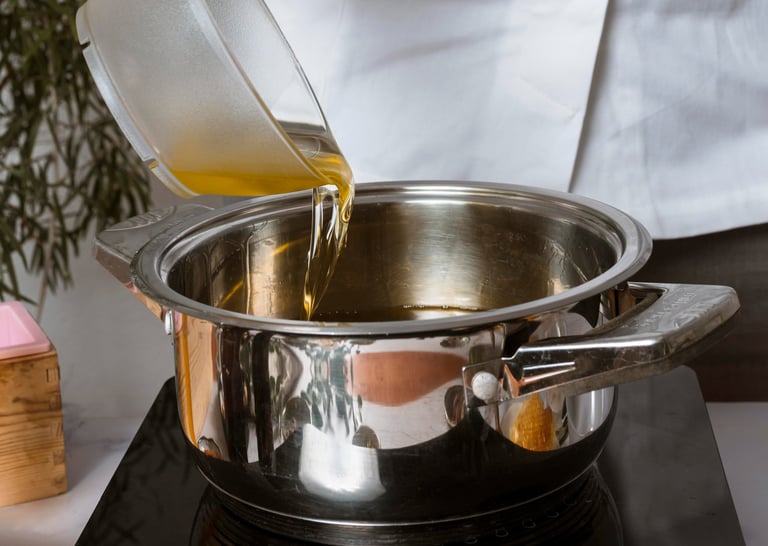

3. Controlled-Temperature Extraction
This is the revolution. Instead of passively enduring heat, we master it.
The goal? To reach the optimal thermal window for each plant — typically between 60°C and 80°C — and maintain it steadily for several hours.
This method, used in professional laboratories, maximizes the yield of active compounds while preserving their integrity.
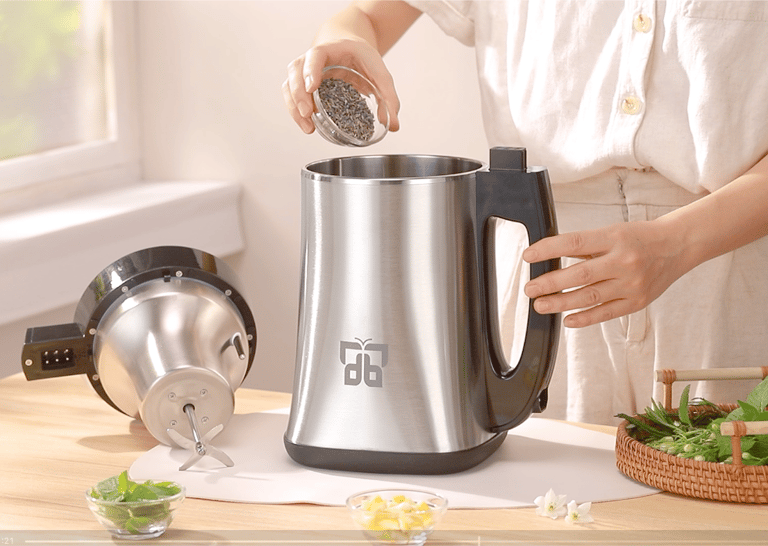

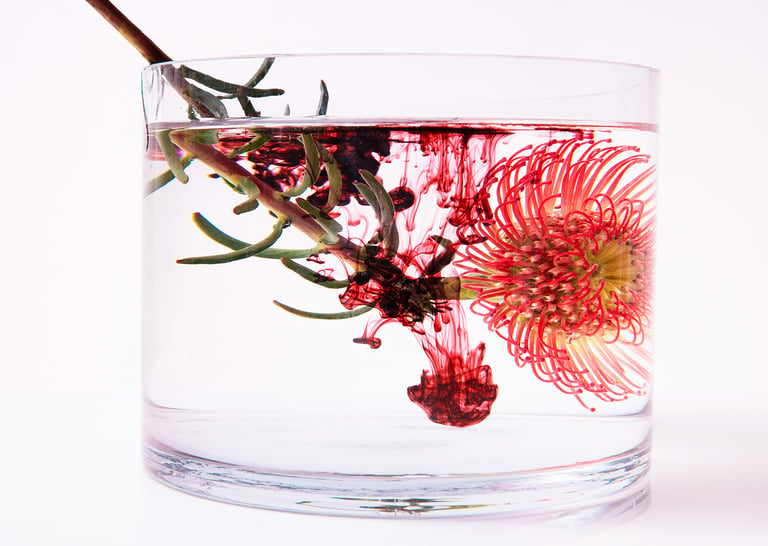

This is exactly what an extractor
like the BloomLab makes possible
Its internal heating system and precise thermostat eliminate sudden temperature spikes, ensuring a perfectly controlled extraction process. You can infuse delicate plants like lavender at 70°C for two hours, or activate robust botanicals such as rosemary at 121°C for 90 minutes to achieve full decarboxylation. This level of consistency allows you to reproduce powerful, reliable results every time. Knowing exactly what you are creating builds trust and empowers you to master your own botanical formulations with confidence.
When it comes to solvents, alcohol with a concentration of at least 75% stands out as the most effective for extracting a wide range of active compounds, producing highly concentrated herbal tinctures. Vegetable glycerin offers a gentle alternative, well suited for children or those with sensitive skin, though it is somewhat less efficient. Water is commonly used for hydrosols or decoctions but requires careful handling and preservation due to its susceptibility to microbial growth. With the right tools, most types of active compounds can be extracted at home, from infused oils and tinctures to melted butters and plant decoctions. While ultrasonic extraction remains a specialized laboratory technique, controlled heat alone already opens up an extraordinary spectrum of possibilities for home-based botanical wellness.
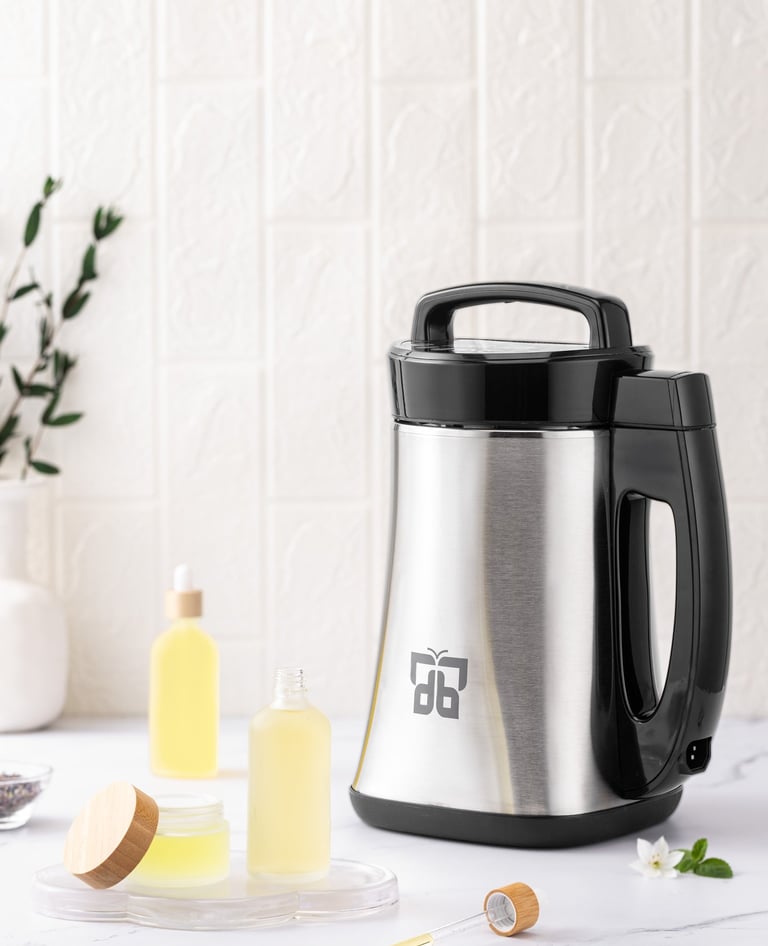

What is your favorite plant to infuse, and which method do you use ?
We’d love to hear all about it!




Footer Menu
Policies
contact@bloombybotanik.com
© 2025 BloombyBotaniK All rights reserved.
Privacy policy
Terms & Conditions
Shipping Policy
Return & Refund Policy
Contact

